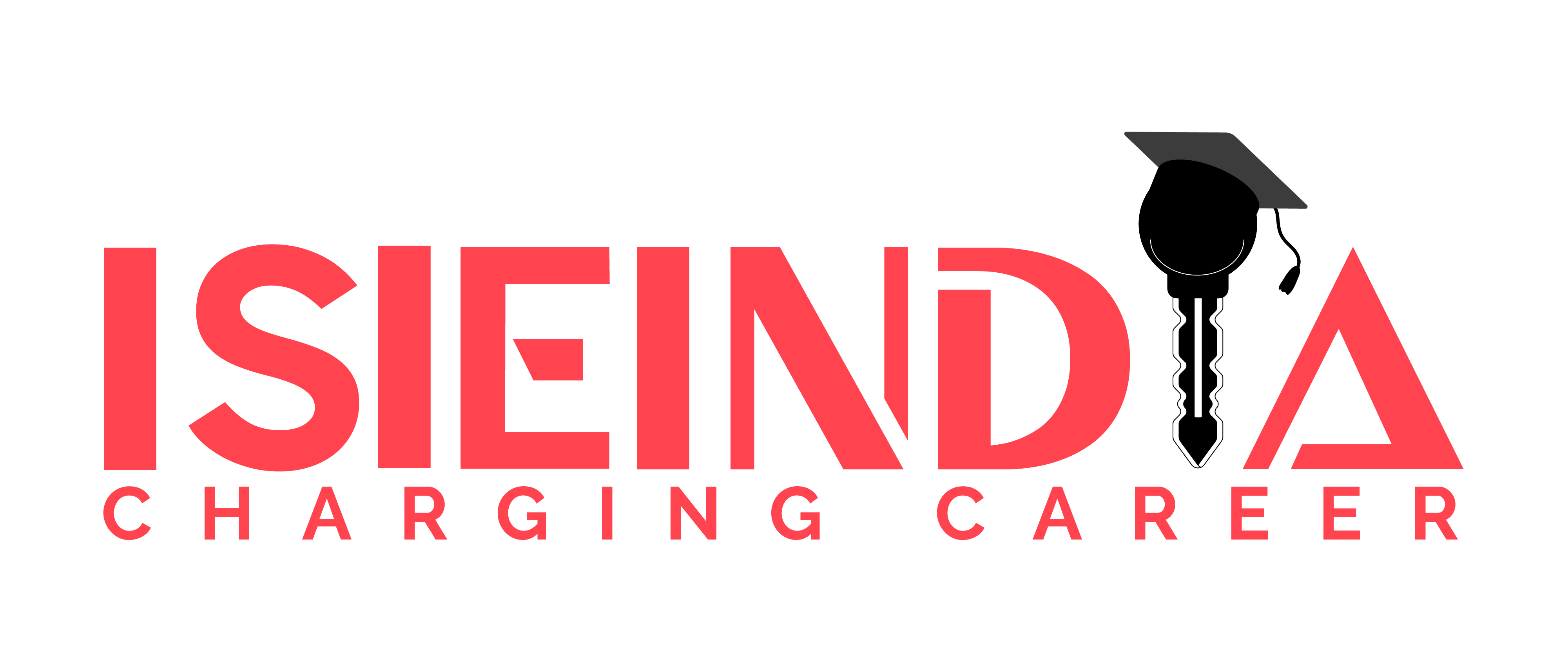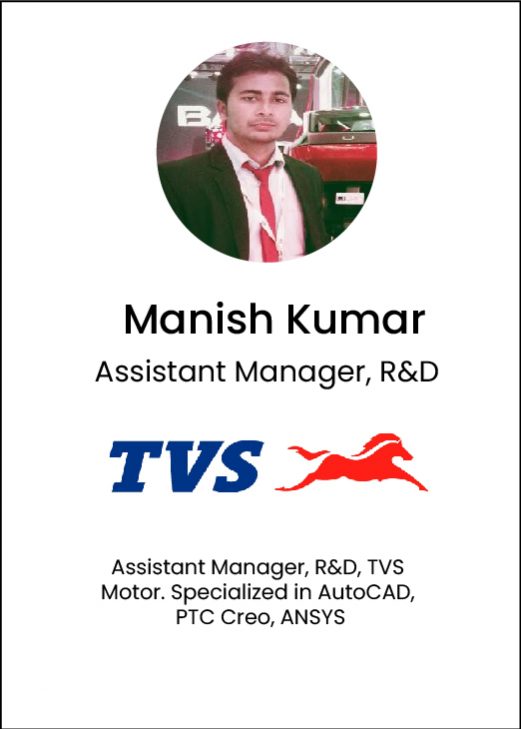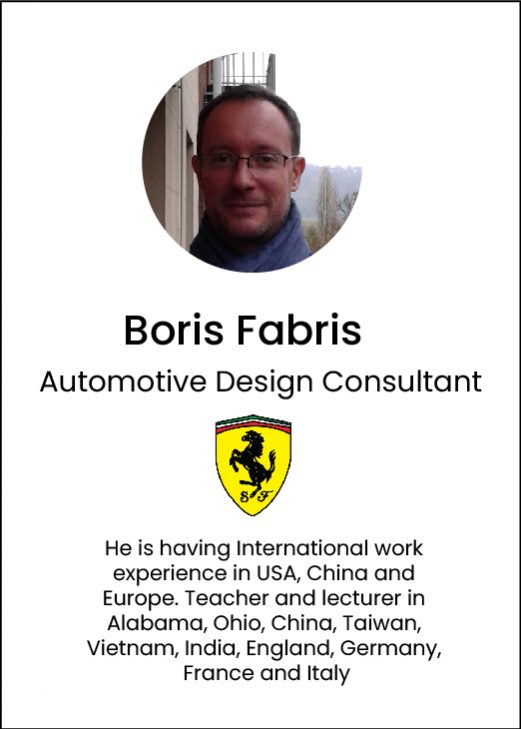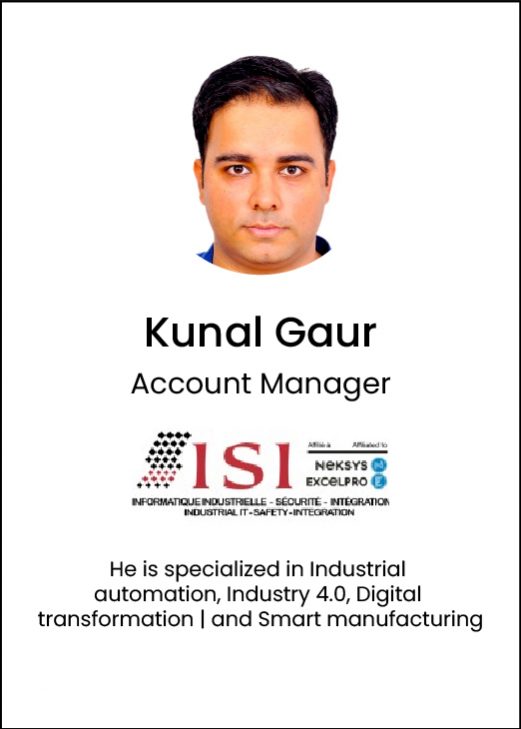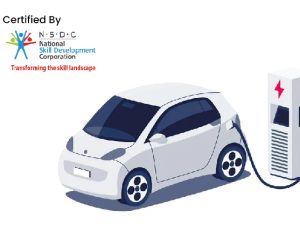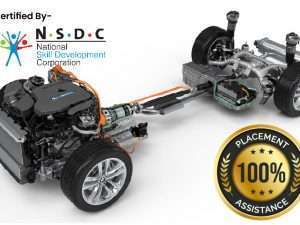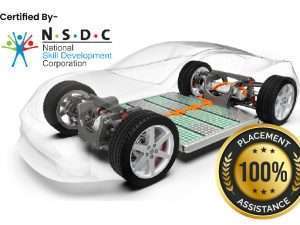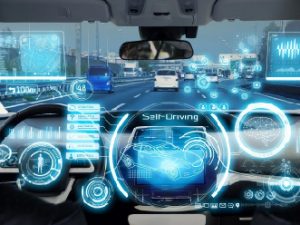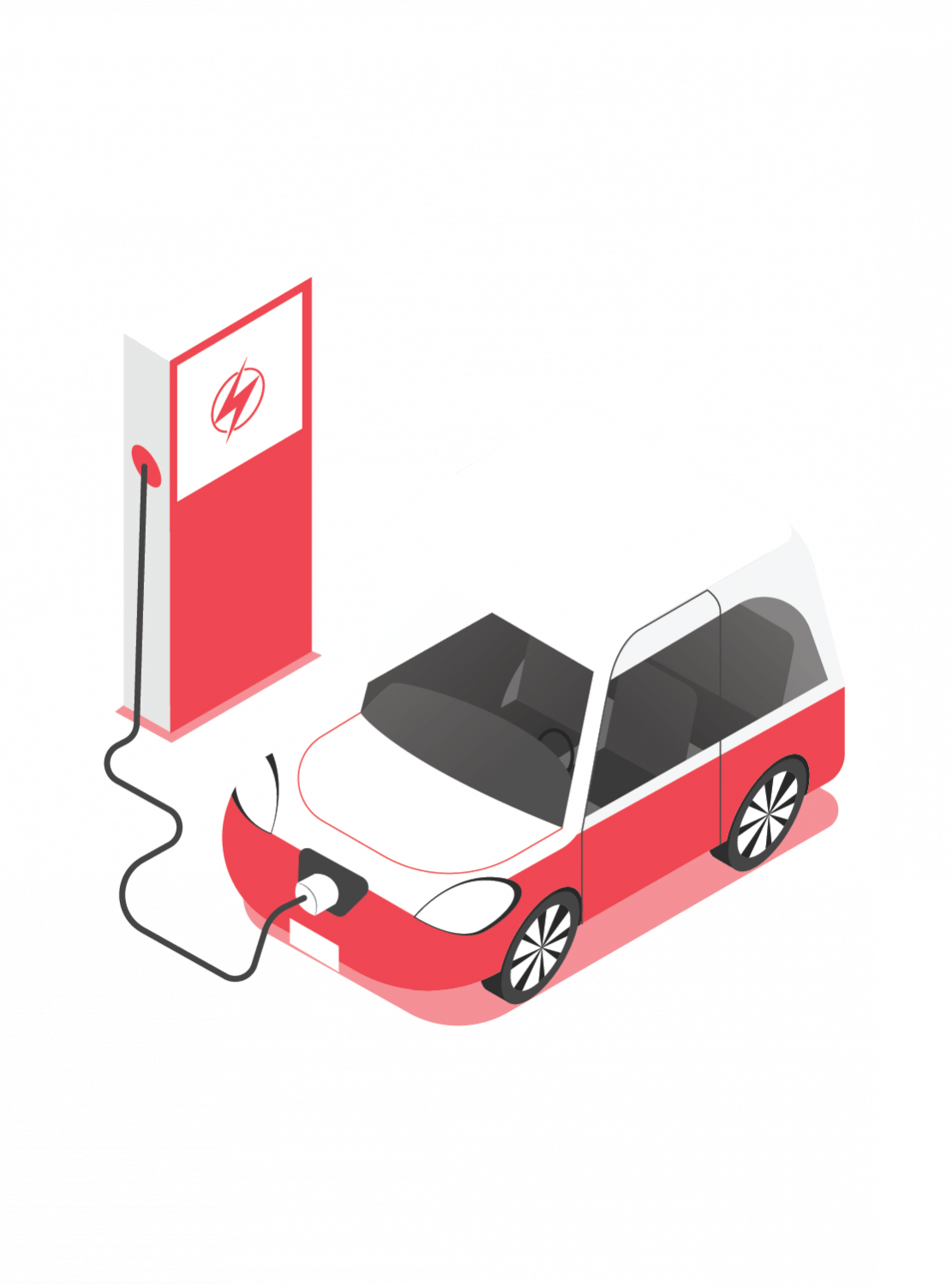Learn Inside Hybrid and Electric Vehicles, Simulating Vehicle Setup Using Simulink, Electric Machines & Selection of Motor and controller for EV /HEV, Component Sizing and Integration, Design & Optimization of Drivetrain, Energy Management Control Strategies of HEV, Foundations of Power Electronics, Conditioning and Filtering accompanied with various recent case studies to attain the challenges set by the EV industries with Personalized Industry Mentorship, Career Guidance, and Placement Assistance and much more.
Electric Powertrain and Modes
- Description
- Curriculum
- Reviews
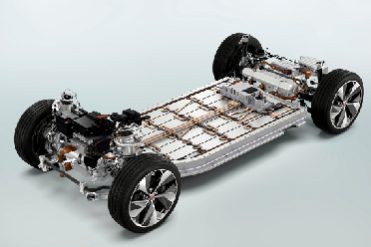
About the Program

Personalised Mentorship
Get mentored by an experienced EV Industry expert and receive personalised feedback calls for better career guidance.

Globally Valid Certificate
Get a Globally valid certificate and enter your workplace with confidence and assert yourself as a subject matter expert.

Student Support
Student support available 09 AM to 07 PM IST via email or call and get a response within 2 working hours.
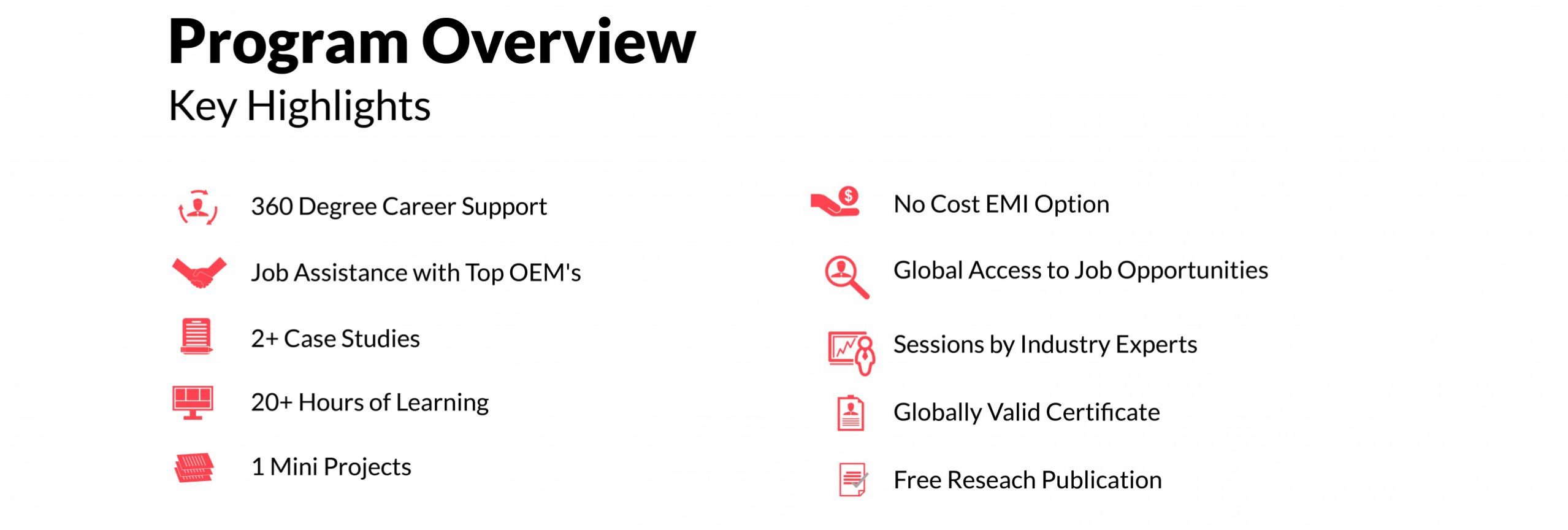
Specialized Electric Powertrain and Modes
Certified by ASDC
Complete all the courses successfully to obtain the certification from ASDC.
• Globally Recognized Certificate
• Recommended program by SMEV, MSME and 17 + Automotive Industries.
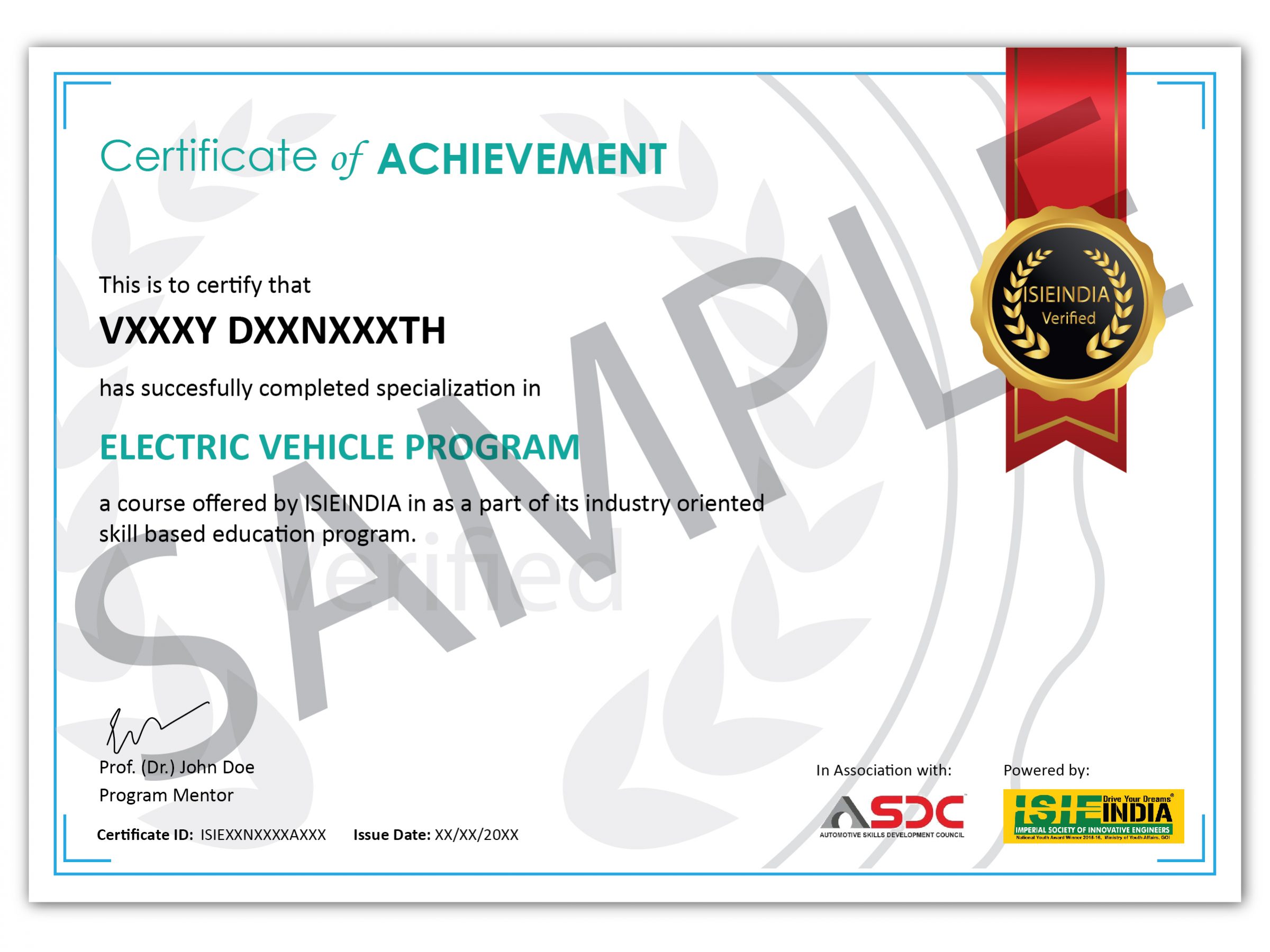
Case Studies
Power Train of Toyota Hybrid Car
As Toyota Prayus which is consider as a most prominent vehicle made by Toyota in this segment. so here in this case study we will be having a look on various topics like working system of Toyota its hybrid powertrain system and the new technologies of Toyota Prayus.
TATA Electric Bus Powertrain
In this present scenario Tata buses are seeming to be very prominent buses specially in the electric segment. In this case study we will discuss about its whole architecture components that are being used how vehicle has been transform from 2005 to till date. We will also be discussing about various govt policies for metropolitan cities “
Noise, Vibration & Harshness Challenges in Vehicle Light Weighting
Vehicle pass by noise is a very important area to look as as per as the vehicle NVH is consider. So keeping this in mind here in this case study we will be discussing about what is NVH why it is important for vehicle various challenges component level NVH and various methods for noise cancellation.
Still Not sure?
Talk to our Expert Mentors
An Expert will reach out to you within 6 Hours
About Electric Powertrain and Modes Program
This course on Electric Powertrain Modes by a team of experts led by an ISIEINDIA technical committee (300+ Professional Members from Indian and Global OEM i.e. M&M, TATA Motors, Renault, TVS etc.)
Market Segmentation:
-
The Indian Electric Vehicles, Electric Vehicle Batteries, and Electric Vehicle Charging Infrastructure Market are further segmented on the basis of separator type, charger type, vehicle type, battery type, and region. The three-wheeler dominated the Indian electric vehicles, electric vehicle batteries, and electric vehicle charging infrastructure market in 2018 and is anticipated to maintain its dominance throughout the forecast period (2019-2030).
-
While highlighting the key driving and restraining forces for this market, the report also provides a detailed study of the industry under analysis. The report also analyzes the prevalence of different types of batteries used in various vehicle types.
-
The Indian electric vehicles, electric vehicle batteries, and electric vehicle charging infrastructure market has been segregated on the basis of region into four major regions, namely North India, South India, East India, and West India.
Program Overview:
-
EV and HEV specialization (Electric Vehicle Engineering) will provide a dynamic academic program inclusive of live projects, major and minor projects along with hands-on experience in the Electric / Hybrid / Renewable Energy Domain. The program imparts practical application of skills in the field of electric vehicle engineering. It provides for a hands-on experience through practical learning and Case studies.
-
The program is also giving you deep learning about the Architecture of Electric Powertrain, Battery Pack design, Drive train thermally & Mathematical modelling, Selection of the right of Components, codes, and standards, BMS –Battery Management system, Drivetrain integration, etc.
-
ISIEINDIA well knows platform from 2013 to provide opportunities to learn and develop innovation, technologies, especially in the EV sector. Now, we present the specialization program on the Electric / Hybrid Vehicle Power train (EV Powertrain). This program provides you with the most flexible learning environment possible. This program is offered as a self-paced program often referred to as an asynchronous online program which is time-independent, meaning that it can be accessed 24X7 lifetime access. This program can be accessed from multiple devices which makes it easy to learn on the go. Lectures that are pre-recorded or slide presentations with voice-over commentary, interactive discussion boxes, real-time modelling on various advanced software, GIFs, Videos, graphs, etc.
Program Outcomes

Learn Inside Hybrid and Electric Vehicles i.e. Construction, Power Fellow, Vehicle Architecture.

Learn how power flows inside an Electric and Hybrid Vehicle and Vehicle Architecture.

What safety considerations should be taken care of before launching an EV Vehicle?

Mathematical Modelling, Thermal Analysis etc.

How to choose different component , i.e. selection of right motor, Convertor , Charging System, Drive Train , Controllers etc.

How NOT to, and how to build/select a right Battery pack for an EV/HEV.

How does size and type of components effecting the performance of Vehicle.

Battery Management System, Energy Management Control Strategies and Power Electronics.

Improve Vehicle Performance and Fuel/Energy Consumption.

How to design and optimize the Drivetrain, Integration of Drivetrain.
ISIEINDIA Instructors
Learn from leading Industry oriented trainer, faculty and leaders
Our Expert Work At
Top companies from all around the world

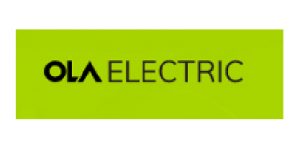

ISIEINDIA Alumni
Where our Alumni Work
Payment Offers
Now, pay your course fees in installments at no cost EMI available at Credit cards following banks
-
15How to Select type and size of Motor for EV with Calculation
-
16Li-Ion Battery for EV (Parameter )
-
17Calculation for Battery ( Motor Selection, Voltage , WLTP, Capacity & Configuration)
-
18Difference between a DIY pack and an industry-grade battery pack
-
19Onboard charging
-
20How to choose the right Charger Port for your vehicle
-
21What safety considerations should be taken care of before launching an EV vehicle
-
22Case Study on TATA Electric Bus Powertrain
-
29Power flow and exchange inside an EV (Software)
-
30Why do we need to shift voltage levels inside different subcomponents of an EV?
-
31how to filter noise to allow your circuit to work effectively in the field
-
32Difference between high voltage design and low voltage design
-
33Vehicle Harness System Modelling (Mathematical)
-
34Safety considerations do you need when dealing with high voltages
